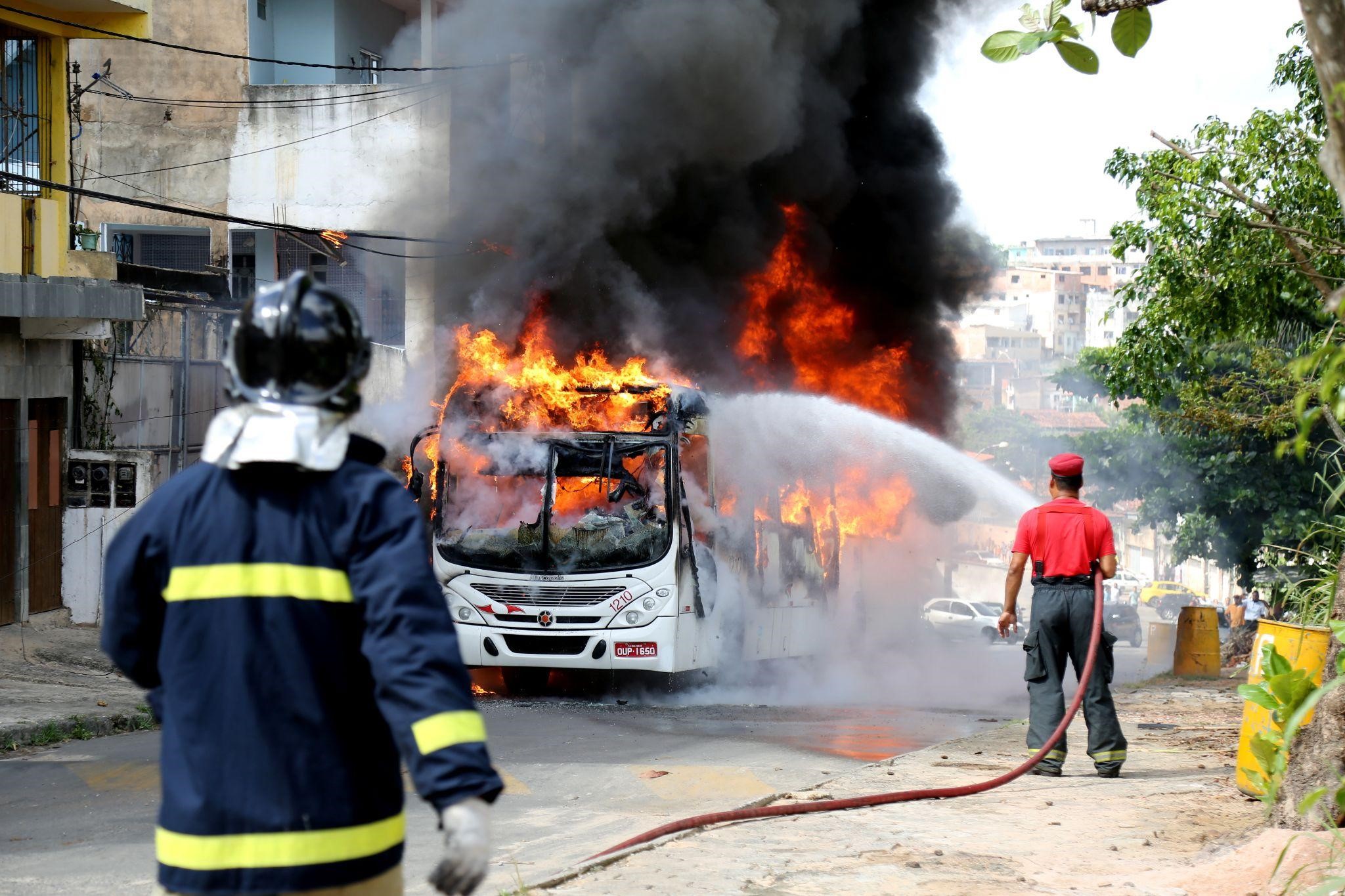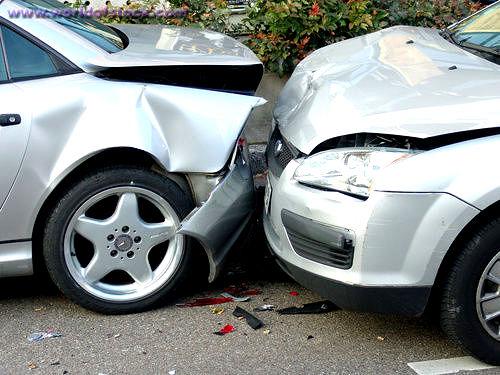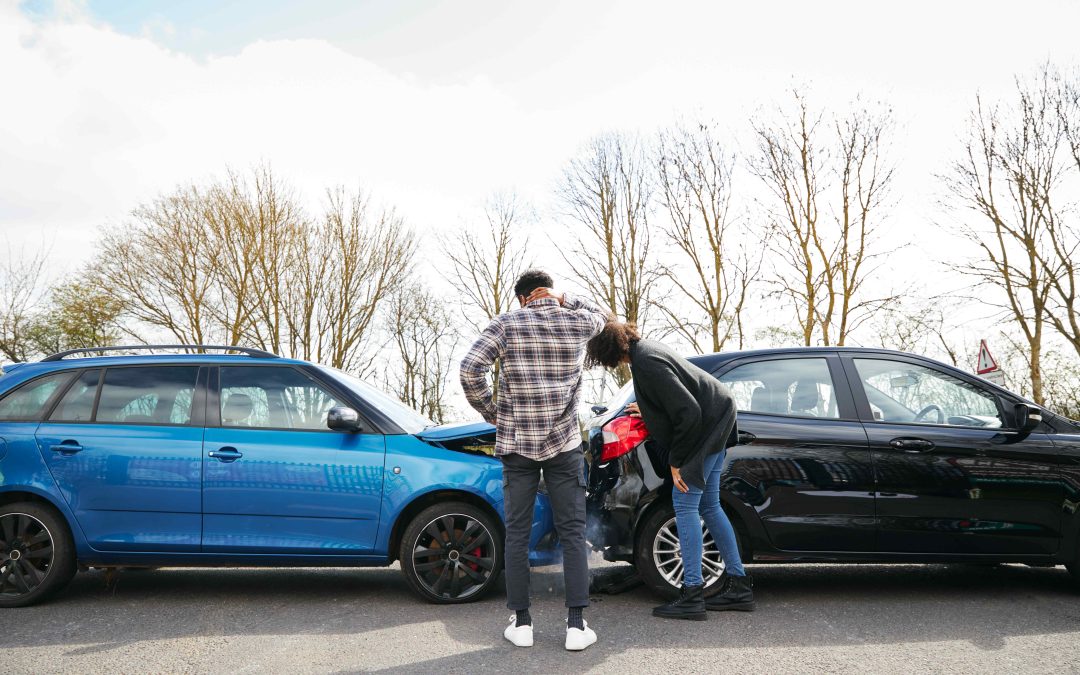
Bus accidents can result in serious injuries and even loss of life; therefore, it is important to determine liability to provide compensation to victims and ensure accountability. Negligence is a crucial legal concept in assessing liability in bus accidents. By understanding how negligence applies in these cases, we can gain insight into the intricate process of determining responsibility. This article explores the role of negligence in bus accidents and offers insights into how liability is determined.
Understanding Negligence:
In the legal realm, negligence pertains to the lack of reasonable care that a sensible individual would demonstrate under comparable circumstances. It entails the violation of responsibility towards others, leading to injury or loss. To establish negligence in the case of a bus accident, four components need to be established: duty of care, breach of duty, causation, and damages.
Duty of Care
The responsibility of bus drivers extends to passengers, pedestrians, and fellow road users. This obligation requires them to operate the vehicle with care, follow traffic regulations, and prioritize passenger safety. It is also the duty of bus companies to maintain their fleet and hire skilled drivers.
Breach of Duty
A breach of duty happens when a bus driver or company falls short of meeting the expected standard of care. Instances of such breaches could take on the form of reckless driving, failure to adequately maintain the vehicle or inadequate training of drivers.
Types of Negligence in Bus Accidents
Bus accidents can occur due to various forms of negligence, including driver negligence, company negligence, and third-party negligence. Each type plays a role in determining liability.
- Driver Negligence: Driver negligence refers to the actions or failure to act of the bus driver that contributes to an accident. This can include distracted driving, speeding, driving while impaired, or ignoring traffic signals. To prove driver negligence, evidence such as witness accounts, surveillance videos, or police reports must be collected.
- Company Negligence: If a bus company’s actions or omissions contribute to a mishap, they may be held responsible. The firm’s negligence might comprise insufficient training for drivers, lack of vehicle maintenance, or scheduling drivers despite being fatigued. Employing competent drivers and making sure they adhere to safety standards falls under the company’s jurisdiction.
Third-Party Negligence: Third parties may be held accountable for bus accidents in certain situations. For example, if a pedestrian unexpectedly crosses the road, resulting in the bus driver taking evasive measures, the pedestrian’s actions could be considered a contributing factor. Properly identifying instances of third-party negligence involves conducting a comprehensive investigation to ascertain the factors and parties involved.
Proving Negligence and Determining Liability
To establish liability in bus accidents, a thorough examination of the evidence is necessary, and the responsible party’s negligence must be determined through careful analysis.
- Gathering Evidence: Having ample evidence is essential in establishing negligence. This may necessitate gathering witness statements, and photographs of the accident scene, analyzing surveillance footage, inspecting bus maintenance records, and scrutinizing police reports. A greater amount of evidence collected propels the case for proving negligence towards a much stronger stance.
- Expert Testimony: In complicated situations, expert evidence may be required to prove negligence. Specialists such as accident reconstruction experts, vehicle maintenance experts, or medical professionals can offer specialized knowledge to strengthen the case.
- Comparative Negligence: In certain places, the concept of comparative negligence is followed, where responsibility is distributed among all parties involved, taking into account the level of their individual faults. Consequently, the injured party has the ability to receive damages even if they share some responsibility, but the sum could be decreased proportionally.
CAN I CLAIM INJURY FROM A BUS ACCIDENT?
We often get calls from people wanting to pursue injury claims from bus accidents. These can be very different from car-on-car accidents.
If you are injured through the negligence of a bus driver, you want to try and document that the bus driver’s negligence caused the collision. This can be done by:
- Call police
- Taking photos at the scene (if possible, before any involved vehicles have been moved post collision);
- Checking for any mounted cameras that might have captured the collision (traffic cameras or cameras on adjacent stores or homes);
- Getting contact information for any potential witnesses (including passengers on the bus);
- Getting the name of the bus company, the number on the bus, the route of the bus, and the bus driver’s name (and their supervisor’s contact information if a supervisor comes to the scene).
If you are a passenger on a bus and are claiming injury from a collision between the bus and one or more other vehicles, in addition to the above, you also want to:
- Insist on filling out an Injury Report while at the scene, with the bus driver and/or the bus driver’s supervisor;
- Ask for a copy of said Injury Report;
- Ask if any other bus passengers are complaining of any symptoms at the scene (if multiple passengers claim injury, your claim has more credibility than if you’re the only passenger claiming injury);
- Ask the bus driver, his/her supervisor, or the police for the contact information (name, insurance info, etc) for any other vehicles involved in the collision;
If you are a passenger on a bus and are claiming injury from the bus driver’s actions that do not involve contact with another vehicle (the bus driver stops short, turns too sharply, etc), it is critical to be able to prove the bus driver’s actions were negligent, as opposed to reasonable reactions to traffic conditions. In these situations, all of the above applies, but:
- It is very important to try and get corroboration of the bus driver’s actions from other bus passengers
The time you have to pursue a claim against a bus driver/bus company varies dependent on whether the bus is a private bus or a City Bus. Some City buses are owned by the particular city, while others are private bus companies that contract to run routes for the city.
- If the bus is a private bus company, your injury claim is subject to a two year statute of limitations, which means you have two years from that date of the accident to settle your injury claim, or file suit against the at-fault driver/company. Failure to do either by the two year anniversary of the accident and you will be forever barred from any further pursuit of your claim
- If the bus is owned by a governmental entity (a City, State, Municipality), you must “serve” Notice of your Injury Claim upon the proper representatives of that governmental entity within 180 days of the accident, after which you must settle or file suit by the one-year anniversary of the accident. The 180 day “Notice of Claim” must be as detailed as possible in terms of describing what happened, who was at fault and why, your injuries, treatment, medical bills, pain & suffering, etc. A “Notice of Claim” that is deficient in providing the necessary details can defeat your injury claim.
- If you were a minor (under the age of 18) at the time of the accident, the above deadlines extend/run from your 18th birthday
You want to seek medical attention asap in order to:
- Document any symptoms and/or injuries, and;
- Help establish medical causation between your symptoms/injuries and the accident.
You want to call a Personal Injury Attorney/Law Firm asap to help you navigate the ins and outs of pursuing an injury claim involving a bus. This includes:
- Establishing liability, speaking to witnesses, preserving evidence, etc.;
- Helping with your property damage (if you were in a motor vehicle damaged in the collision);
- Seeking/procuring reasonable medical treatment for your injuries;
- Negotiating a settlement of your injury claim;
- Drafting and serving a timely proper Governmental Notice of Claim (if applicable);
- Litigating your injury claim
Conclusion
Bus accidents can result in serious ramifications, making it vital to establish liability for victims to receive compensation and for accountability to be upheld. Negligence plays a significant role in determining liability, with driver, company, and third-party negligence being crucial factors. Understanding the components of negligence and the liability establishment process is essential to ensure a fair and equitable outcome in bus accident cases. By gathering comprehensive evidence and expert testimony, negligence can be effectively determined, leading to appropriate compensation and justice for those impacted.
Let the Best Arizona Bus Accident Lawyers Help You
Have you survived an Arizona Bus accident? If you have, then you may be eligible for compensation. Of course, we mean that the fault party will pay for all the losses you suffer. However, this is a complicated process.
That’s why it’ll help to hire Phoenix Bus accident lawyers from Lebovitz Law Group. Our attorneys have several years of experience in handling Bus crash cases. In addition, you don’t have to pay us unless we win the case. So, call us today for a FREE consultation.
.
Sort by Category
Related Posts

Understanding Arizona’s Car Seat Rules
Understanding Arizona's Car Seat Rules is crucial for every parent and caregiver. These regulations are designed to ensure the safety of young passengers, which can significantly reduce the risk of injury in case of an accident. This article aims to provide a...

Does the Government Tax Money from Lawsuit Settlements?
Does the Government Tax Money from Lawsuit Settlements? Lawsuit settlements can be a source of financial relief, but it's important to understand the tax implications so you're not caught off guard during tax season. Government taxation of lawsuit settlement funds is...

Can I sue if I get whiplash from a car accident?
A whiplash injury is a neck injury caused by the sudden back-and-forth motion of the head, commonly seen in car accidents. This type of injury can lead to significant pain and discomfort, often making it difficult for victims to go about their daily activities. If you...

When the At-Fault Driver Has No Car Insurance: Your Options for Compensation
Being involved in a car accident can be a stressful experience, especially when the at-fault driver lacks car insurance. This scenario raises concerns about securing compensation for damages and injuries. Key takeaway: In this article, we will discuss the options...

Did You Know This About Workplace Harassment Laws?
Workplace harassment is unwelcome behavior significantly disrupting an employee's work environment or personal well-being. When this behavior is based on protected characteristics like race, gender, or religion, it not only affects the individuals targeted but also...

Did Your Dentist Make a Mistake? How to Know When to Call a Dental Malpractice Lawyer
Dental malpractice is a sad reality that can have serious consequences for patients. It includes things like surgeries gone wrong, incorrect diagnoses, faulty dental devices, and mistakes in giving anesthesia. As a patient, you trust your dentist to give you safe and...
